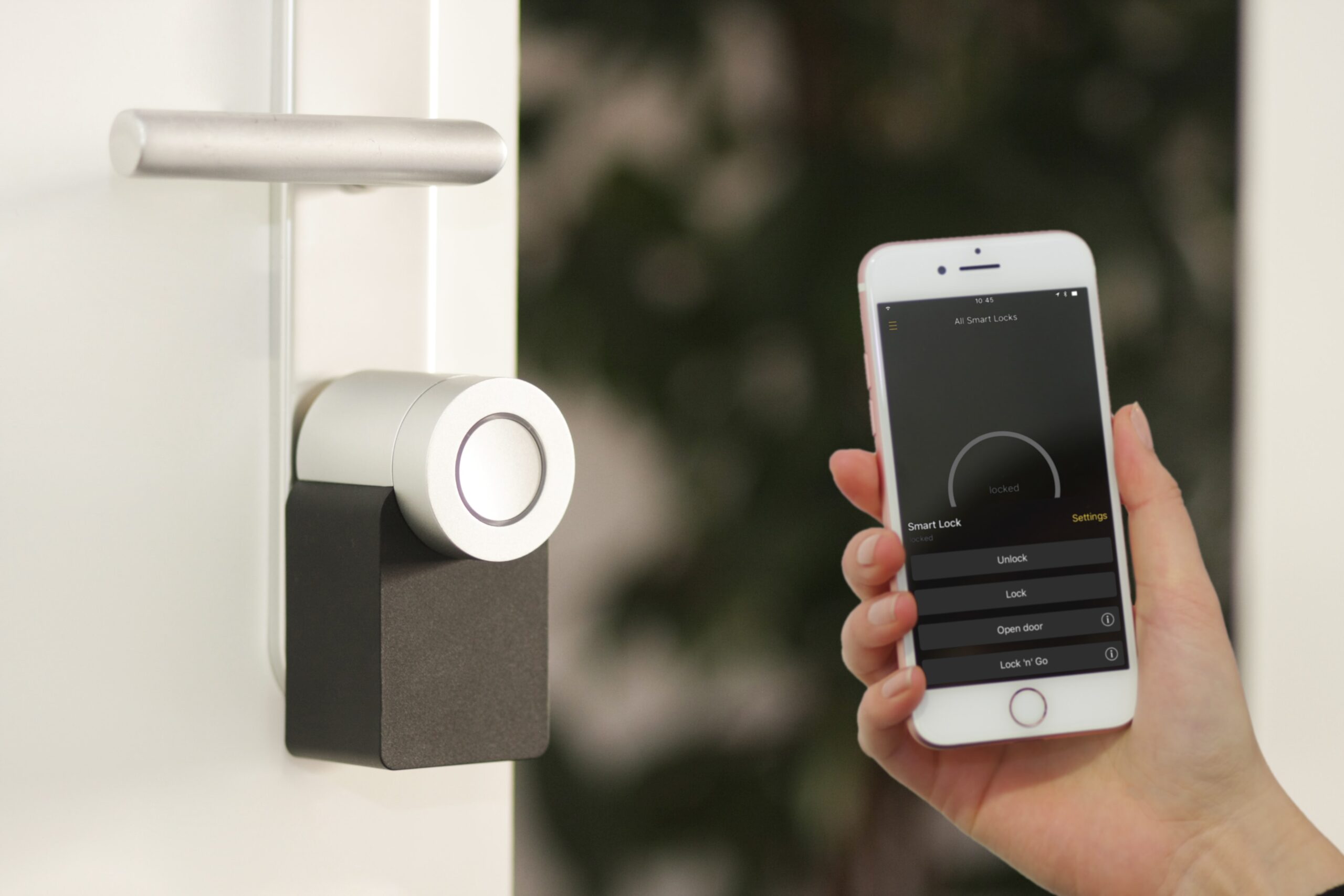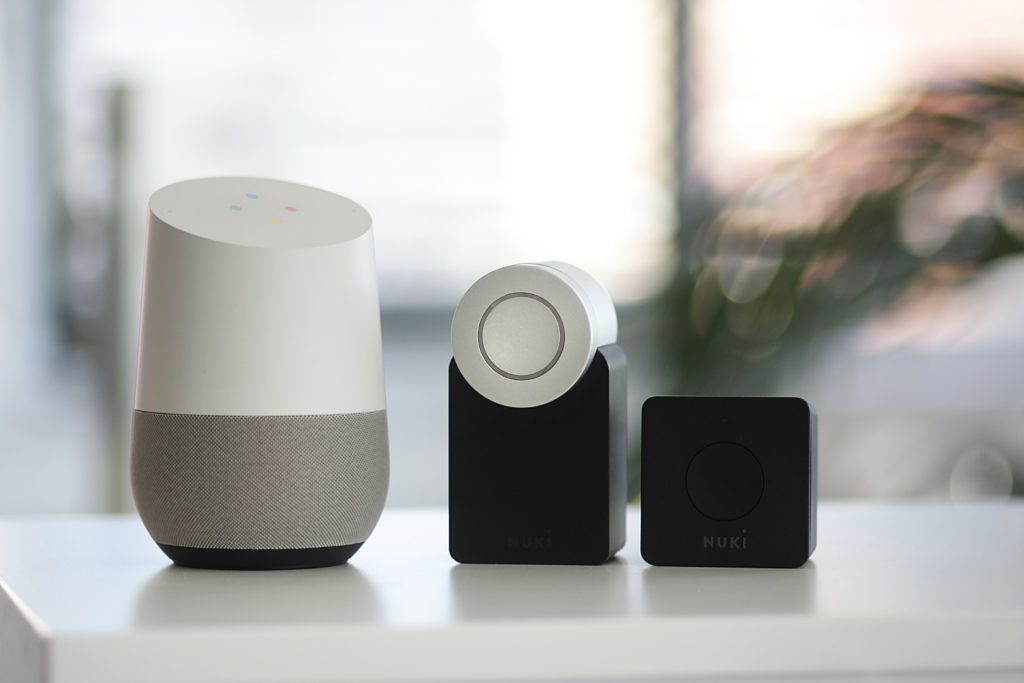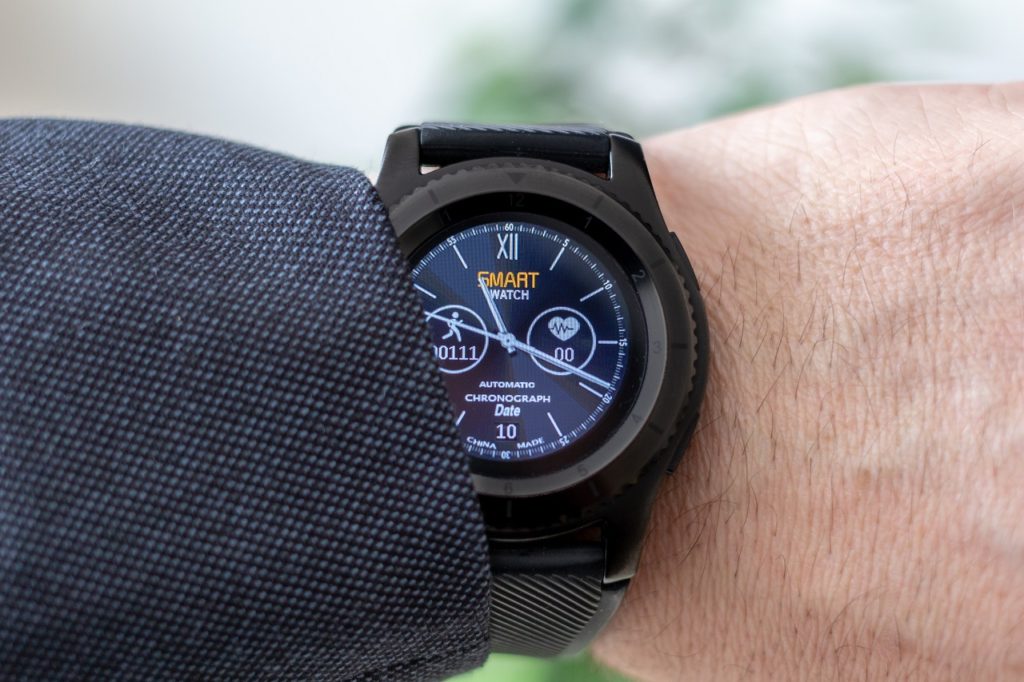Blog Details

Powering IoT with secure real time communication
- March 31, 2020
- WebRTC
According to Transparency Market Research, the global WebRTC market is expected to grow at a CAGR of 17.9%. You can think of all the places where communication, collaboration, and security will be improved. Be it webinars for students, enhanced workplace collaboration via video and audio conferences, and IoT devices like smart mailboxes.
How do WebRTC and IoT fit in together?
IoT can benefit a lot from WebRTC’s two-way communication involving machine to machine and machine to peer channels. IoT can leverage features like:
- Machine to machine communication channels will assist the IoT users for getting real time data and encourage IoT usage. Moreover, WebRTC is not limited to browsers only, it has native libraries which support compatibility with Android and iOS.
- Sectors requiring high level security and privacy benefit from WebRTC’s encryption of audio and video communications. Health care devices, surveillance systems, business conference calls, etc cannot function without security and privacy compliances in place.
- WebRTC works well on low latency networks using data channels APIs, thus IoT devices can send real time updates without packet loss or latency issues.
Major sectors where this duo is making waves
Industries, where this collaboration is delivering great results and continues to grow, are:
Smart home devices

This is one of the earliest adopters of WebRTC. Devices like baby monitors, intercom devices, smart mailboxes can take advantage of enhanced security and easy integration.
Smart mailboxes enabled with WebRTC tech will help you in unlocking your mailboxes from your office or even when you are away on vacation. You can talk to the delivery person and sign for parcel digitally.
Intercom devices can be used to buzz people in your building remotely. Nanny cameras can be used for occasional checks and communication needs. These devices involve minimum conversation but get the work done smoothly via WebRTC.
Alexa.RTCSessionController interface is an example of this. Using Alexa.RTCSessionController interface within your applications, you can communicate remotely using any Echo device like Echo Plus or Echo Show.
Smart lighting works in similar ways. You get audio/video alerts when devices sense movements in your front or backyard.
Industrial use

WebRTC has a lot of use in an industrial setup, especially in surveillance operations. Malfunctions and mishaps can be contained via activity detecting sensors that send out real-time alerts with the help of WebRTC.
The most common application involves detecting any unusual rise in temperature of the machines, looking for possible causes like smoke from the machine, possible sparks which may lead to fire, or overburden on the machine.
With the help of WebRTC and sensors connected to the machines, alerts can be sent out in the form of audio or live video, thus preventing a possible catastrophe.
Routine surveillance and supervision of large unmanageable sites can be made flawless and cost efficient via drones.
Imagine, a solar power plant spread across acres of land, finding faults manually can be a daunting task. Drones on the other hand can send live video footage, which can then be assessed and acted upon accordingly.
Amazon Kinesis Video Stream has also added support for WebRTC, which will now help in two-way media streaming, making surveillance easier. This will help in the storage and analysis of the data sent to AWS and can be retrieved as well.
TeleHealth and Wearable devices

People are always looking for more convenient options, especially when it comes to medical appointments. Consulting for normal, easy to diagnose health issues or even routine checkups are now being shifted to telehealth.
Companies like Kry make it easy to connect doctors and patients via video calls for medical and mental help. They connect them using WebRTC and the peer-to-peer encrypted channels help in keeping these sessions secure and privacy issues at bay.
Wearable devices like FitBit and Apple Watch can leverage WebRTC in many ways in the near future. Wearables are now saving lives by alerting users’ emergency contact and ER whenever there’s a sudden spike/drop in heart rate.
The increasing number of virtual meetings and even casual calls makes WebRTC a perfect technology for finding solutions wherever possible. It can be used in autonomous cars, AR/VR tech, and rest is of course up to one’s vision and its successful execution.